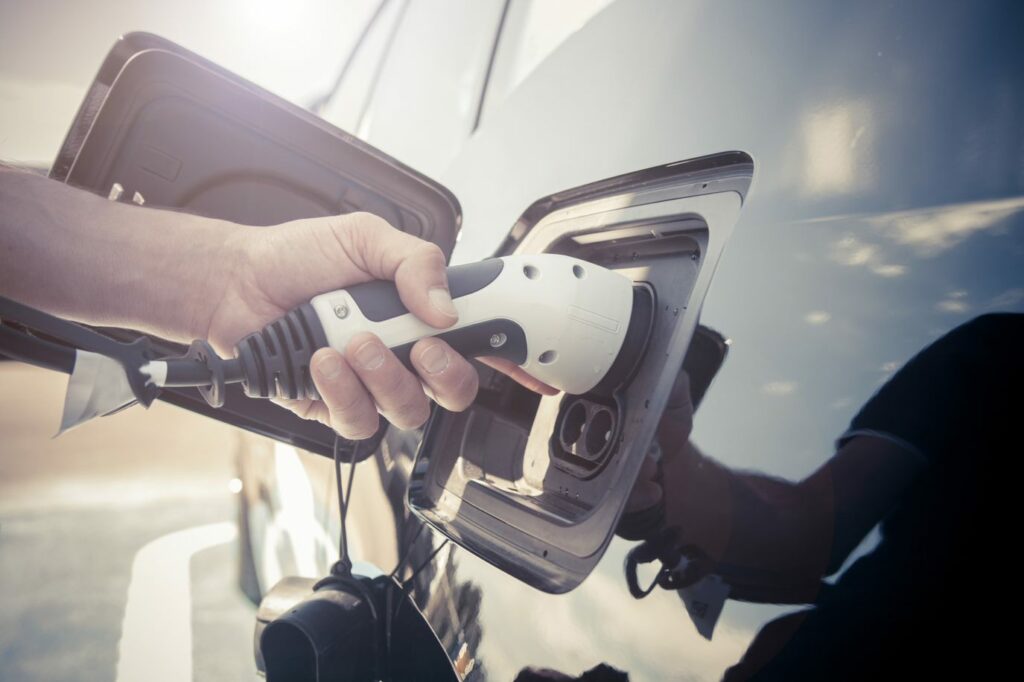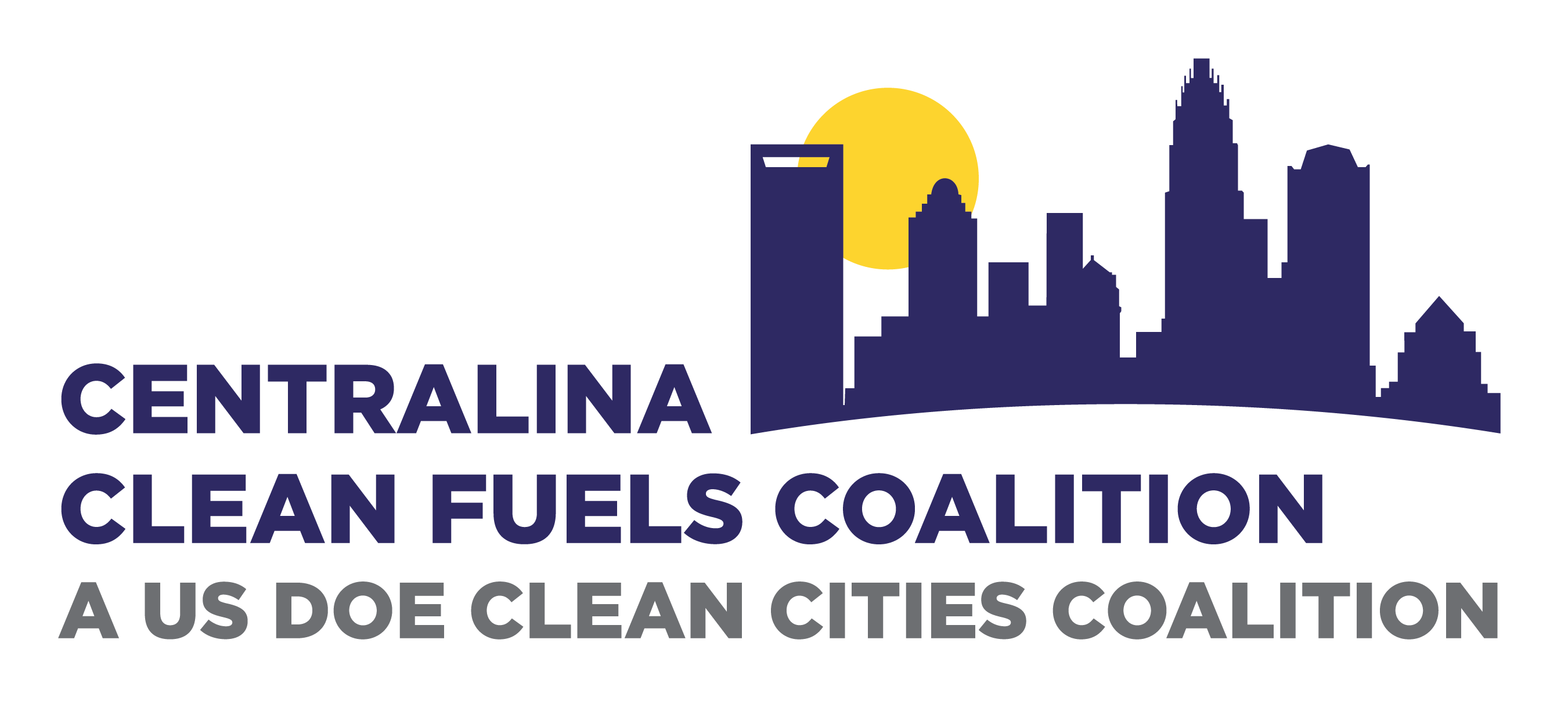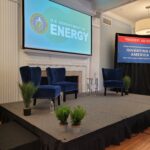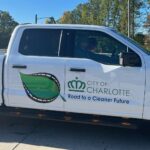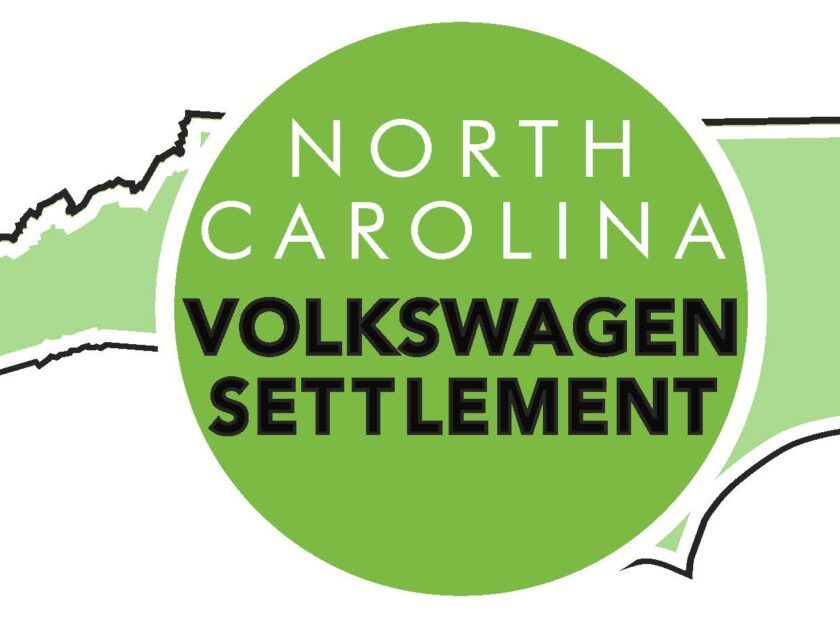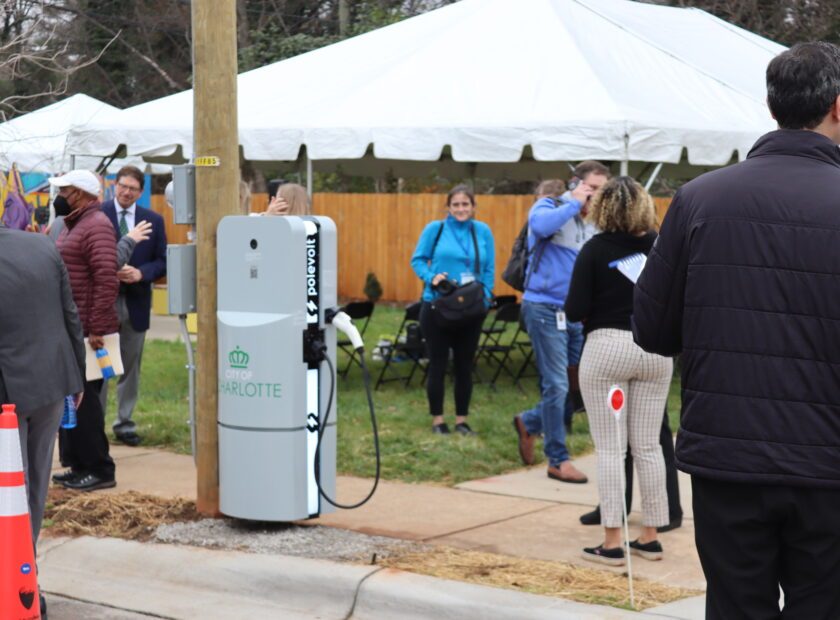Tesla’s North American Charging Standard (NACS) appears to be on its way to living up to its name. As more electric vehicle (EV) companies announce their plans to incorporate the NACS into their new models, many people are questioning what impacts this will have on riders and the Combined Charging System (CCS). Here are five big takeaways from current news to know.
1. General Motors and Ford Have Adopted NACS
Tesla’s NACS is rising in popularity due to companies like General Motors (GM) and Ford’s ever-growing adoption of EVs. General Motors and Ford are now working with Tesla to allow their EV drivers to access over 12,000 Tesla Superchargers in the coming year. NACS will also be fully incorporated into GM’s EV models in 2025. Tesla has developed a new adapter to enable CCS-fitted EVs to access their own V3 Superchargers, this will at least double the number of fast chargers available for EV drivers.
2. The Domino Effect
After GM and Ford’s switch to NACS, many other companies have followed suit. GM, Ford, and Tesla alone occupy almost three-quarters of the EV market, but more companies are quickly following in their footsteps to adopt the NACS. Some of which include Blink, ChargePoint, FLO, EVgo, Tritium, ABB E-mobility, and SK Signet. GM believes that this can lead to the NACS living up to its name by becoming the standard in North America. As more companies announce their plans to use NACS, many EV riders begin to ask one question: Is the NACS good enough to overtake the CCS?
3. NACS vs. CCS
Some people are questioning whether the popularity of NACS will overshadow CCS. Here are some comparisons between the two to get an idea of where each stands: CCS has 5,240 public DC fast-charging stations in the United States, while Tesla only has 1,803. Tesla, however, has 19,463 ports, while CCS has only 10,471 ports. Many riders are also celebrating the rising popularity of NACS, as it is more compact and easier to use compared to CCS, which is harder to handle. Many EV riders remark that CCS and other chargers have a reliability problem, as their payment methods can be tricky and leave room for error, while it is believed Tesla chargers have more consistent up time and faster charging. It’s important to note, however, that Tesla’s chargers have been extremely reliable for Tesla cars, and it is still early in the process of testing their chargers with other brands. On June 12th, CharIn released an article pledging their support for NACS, and is even inviting members to join a task force that will “work to convene an open task force to align requirements with the goal of submitting NACS to the standardization process.”
4. Tesla’s Approach to Opening NACS and The Future
If the NACS is adopted as North America’s standard, it will have to be reliably open and accessible to all EVs. Tesla had already started this process when they made the “Magic Dock” that allows EVs fitted for CCS to charge at their stations. This new adapter that is attached to superchargers is still in its testing phase, however, as there are already reports of these adaptors not charging non-Tesla EVs properly. The Magic Docks are only located at a small number of Tesla stations right now, so it could be assumed that Tesla did this intentionally to monitor its performance and work out any kinks before their mass installation. It is likely that these docks will be installed into V4 Superchargers, which are also expected to have longer cables when they come out, as well as added on to already existing V3 Superchargers. Tesla has even created a membership to lower the cost of non-Tesla EV charging at their ports.
5. Only Time Will Tell
There seem to be big expectations for the growth and establishment of NACS. Tesla has their work cut out for them if they want to make NACS the favored standard of North America, but most believe that it will eventually achieve that status due to their superchargers’ speed, reliability, and operability. As more companies declare their adoption of NACS, this outcome becomes more and more likely. The hope is that, after some growing pains, Tesla’s chargers will become yet another dependable, fast-charging option for all EV riders. Only time will tell, and we will be looking out for any other important updates.
